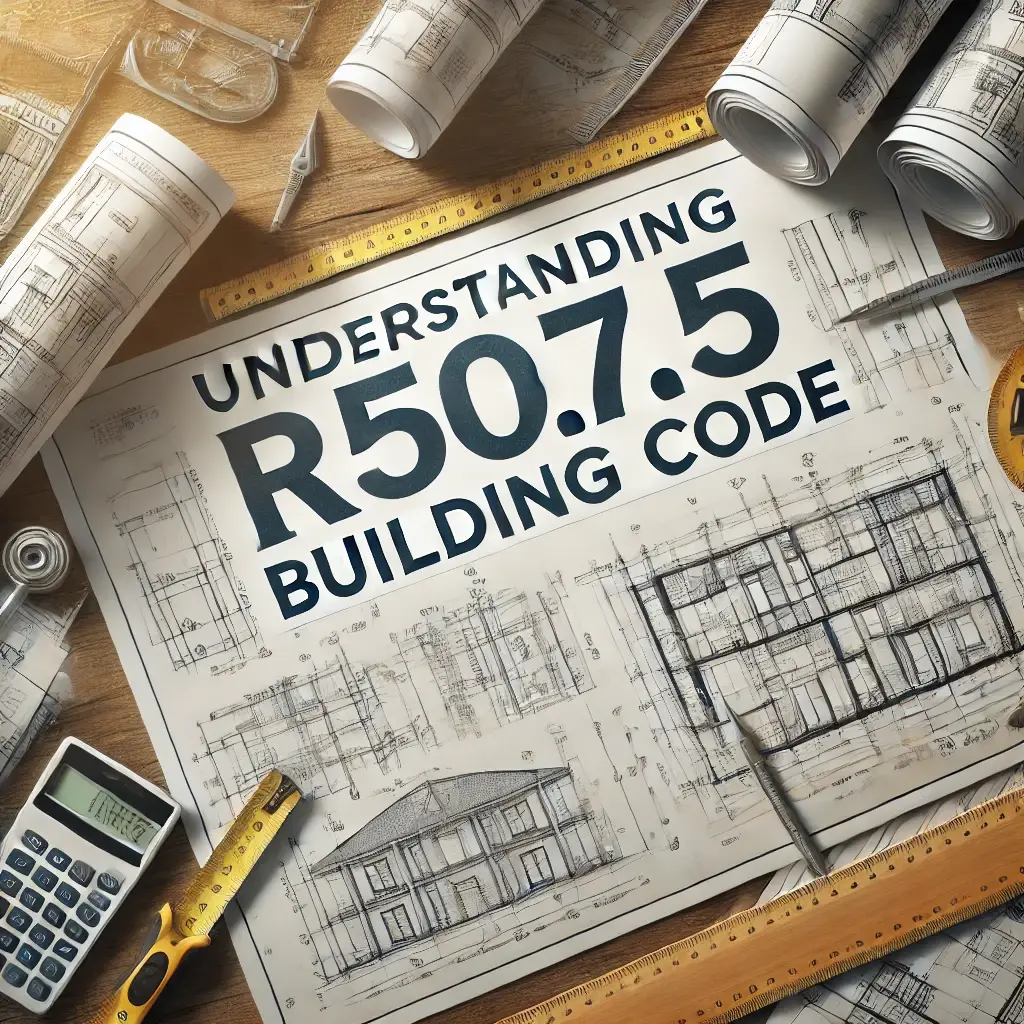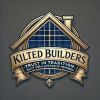The History of Decks and the Lumber That Built Them: A Look at Deck Building History in New Hampshire
4 min read
If you’re planning to build a sturdy, long-lasting deck, one of the most important things you need to get right is beam sizing. Table R507.5 from the International Residential Code (IRC) helps you determine exactly what size beam you need to support your deck safely. But let’s be honest—building codes can be confusing and full of technical jargon. That’s why we’re breaking it down into simple, easy-to-understand terms so you can confidently tackle your deck project like a pro!
What is Table R507.5, and Why Does It Matter?
Think of Table R507.5 as your cheat sheet for deck beam sizes. This table tells you the proper beam size based on how far your deck joists span and what type of lumber you’re using. Without following these guidelines, your deck could end up sagging, wobbly, or—worst case—unsafe. Nobody wants to be the person whose deck collapses during a backyard BBQ! Safety is our number one priority at Kilted Builders.
The table helps ensure that your beams are strong enough to handle the weight of your deck and everything on it, from furniture to people to that oversized grill you just bought, PLUS all our New England snow.
Breaking Down the Numbers – How to Read Table R507.5
At first glance, Table R507.5 might look overwhelming with all its numbers, but it’s actually pretty simple. Here’s what you need to know:
- Beam Span Length – This is the distance between your support posts. The farther apart they are, the stronger (and bigger) your beam needs to be.
- Number of Plies (2-Ply or 3-Ply) – A beam is made by stacking multiple boards together (plies). The table shows different beam sizes based on whether you’re using two-ply (double) or three-ply (triple) beams.
- Joist Span – This is how far your deck joists stretch between beams. The longer the joist span, the heavier the load on the beam.
- Lumber Type – Not all wood is created equal! Different types of lumber have different strength levels. The table provides beam size options based on common wood species like Douglas Fir-Larch, Hem-Fir, and Southern Pine. Around here, the PT (preservative treated) commonly used for deck building is Southern Pine #1 or #2.
So, when you look at the table, just find the row that matches your joist span and post spacing, then check which beam size fits the bill.
Choosing the Right Beam Size for Your Deck
Let’s say your deck joists span 10 feet, and your support posts are 8 feet apart. According to Table R507.5, you’ll likely need:
- A double 2×10 beam (2-ply) made from Southern Pine (column for 10, row for 8-0)
- OR a triple 2×8 beam (3-ply) of Southern Pine (for a little more strength)(column for 10, row for 8-6)
Be sure to match the number you need, or go the next size up in the table: Never under. It’s always best to check the exact numbers in the table to ensure you’re making the right choice. Yes, there are other options, but let’s keep it simple _.
Kilted Tip: Overbuild
If you’re unsure, it’s always better to size up your beam rather than risk undersizing it. A slightly bigger beam adds extra strength and stability, ensuring your deck is rock solid for years to come.
Final Thoughts – Building a Strong, Safe Deck
Table R507.5 from the 2018 IRC may seem complicated at first, but once you break it down, it’s really just a simple guide to picking the right deck beam size. Using the right beam ensures your deck is safe, sturdy, and built to last.
So, next time you’re planning a deck, take a moment to check this table—it’s the key to avoiding costly mistakes and ensuring you have a structure that stands the test of time. Happy building! 🛠️
Want more info? Check out the source at:
Understanding Table R507.5 from the International Residential Code (IRC): Choosing the Right Deck Beam Size Made Simple




One thought on “Understanding Table R507.5 from the International Residential Code (IRC): Choosing the Right Deck Beam Size Made Simple”
Very good